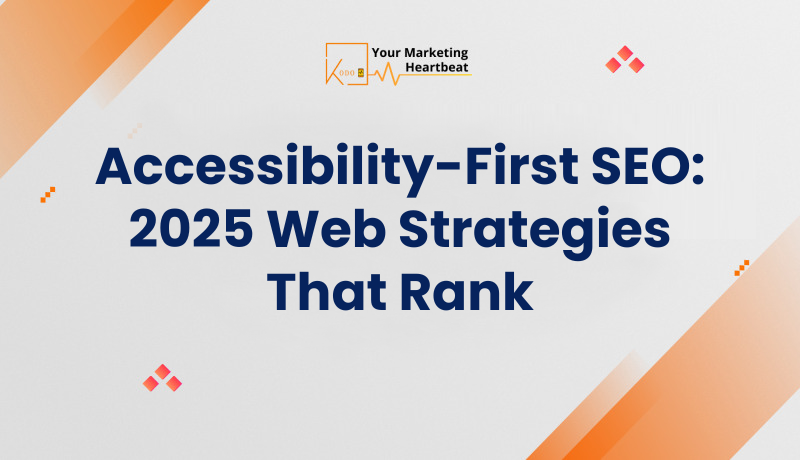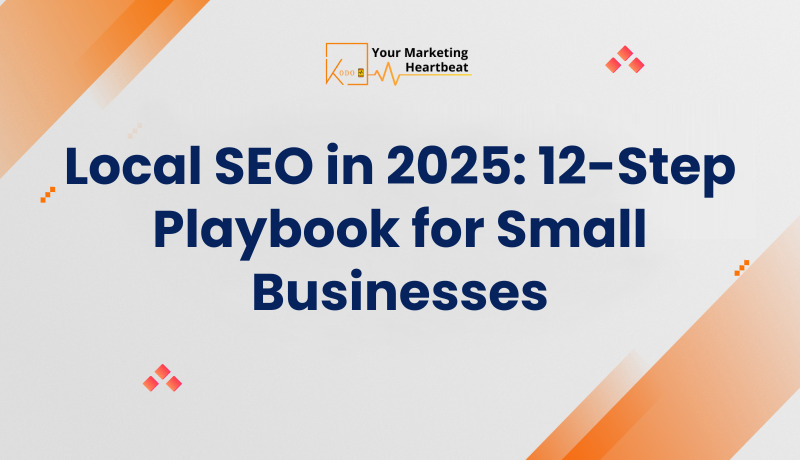
In the rapidly evolving digital landscape, the importance of accessibility in web design cannot be overstated. As we move into 2025, businesses must prioritize accessibility-first strategies to enhance user experience and improve search engine optimization (SEO). This article will explore key strategies that intertwine accessibility with SEO, ensuring that your website not only meets the needs of all users but also ranks higher in search results.
Accessibility in web design refers to creating websites that are usable by people of all abilities and disabilities. This includes individuals with visual, auditory, motor, or cognitive impairments. An accessible website ensures that everyone can navigate, understand, and interact with the content effectively.
To ensure your website meets accessibility standards, familiarize yourself with the Web Content Accessibility Guidelines (WCAG). These guidelines provide a framework for making web content more accessible. Key principles include:
Accessibility and SEO are interconnected; improving one can enhance the other. Here are strategies to align your web design with both accessibility and SEO best practices.
A well-organized website structure is crucial for both accessibility and SEO. A logical hierarchy helps users navigate your site easily and allows search engines to crawl your pages effectively.
With over half of web traffic coming from mobile devices, a mobile-first approach is essential. Ensure your website is responsive and accessible on all screen sizes.
Images play a significant role in web design, but they can be a barrier for visually impaired users if not properly tagged. Alt text provides a description of images, allowing screen readers to convey the content to users.
Readability is crucial for all users, especially those with cognitive disabilities. Use clear fonts, appropriate sizes, and sufficient contrast between text and background.
Accessible Rich Internet Applications (ARIA) landmarks help assistive technologies understand the layout of your web pages. By using ARIA roles, you can enhance navigation for users relying on screen readers.
navigation, main, and complementary to define different sections of your site.While striving for accessibility, it’s essential to avoid common pitfalls that can hinder both user experience and SEO.
Images and videos can significantly impact loading times and accessibility. Ensure that all media is optimized for performance.
Duplicate content can confuse search engines and users alike. Ensure that each page on your site offers unique and valuable content.
A secure website is essential for protecting user data and maintaining trust. Ensure that your site is secure to enhance both accessibility and SEO.
Artificial intelligence (AI) is transforming how we approach web design, accessibility, and SEO. By leveraging AI tools, businesses can enhance their websites’ performance and user experience.
AI can help identify accessibility issues and suggest improvements. Tools like accessibility checkers can scan your site for compliance with WCAG standards.
AI-driven SEO tools can analyze user behavior and optimize content for better search engine rankings. These tools can provide insights into keyword performance, content gaps, and user engagement metrics.
As we move into 2025, the integration of accessibility-first strategies in web design will be crucial for businesses aiming to improve their online presence. By prioritizing accessibility, you not only enhance user experience but also boost your SEO efforts.
Embracing these strategies will ensure that your website is not only compliant with accessibility standards but also ranks higher in search results, ultimately leading to increased traffic and conversions. As we continue to navigate the digital landscape, let’s commit to creating inclusive and accessible online experiences for all users.
By implementing these strategies, we can build a more equitable digital world where everyone has the opportunity to engage with content, regardless of their abilities.



April 23, 2024